Date: 16 September 2005
Keraglass public image is handled by the companys marketing and public relations sector that promotes its advertising campaigns, organizes exhibitions and fairs in all major worldwide markets and takes care of market research. In the company, a key position is held by the research and development department. Particular effort and consistent resources are dedicated both to the perfection of existing products, as well as to the development of new ones, in response to the demands and needs of a continuously evolving market that requests ever more quality and innovation.
After having set up the new offices of the company in Spring 2004, with a show room where clients and visitors can get close to the technology and details of its machinery, in line with company strategy aimed at reaching new goals, at the 2004 edition of Glasstec, Keraglass exhibited a glass sheet of 3,210 x 7,000 millimetres, the result of its most recent product development.
In 2004, Zanatta Vetro, located in the north east of Italy, set up a modern glassworks for the transformation of glass able satisfy the most modern needs of the building and architecture markets, acquiring machinery needed to process jumbo sheets and new generation glass sheets. With the aim of offering a product for those markets that request only high quality, Keraglass has, for Zanatta, built a tempering plant for flat glass suitable for these specific needs. A screen-printing and enamelling line for glass sheets of 2,600 x 5,100 millimetres, and a Heat Soak test plant were also supplied by Keraglass.
The pre-heating chamber
The tempering line, able to process glass sheets with maximum dimensions of 3,210 x 7,000 millimetres, was subject of a detailed study with respect to standard machines. In order to obtain a revolutionary product suitable for the needs of this particular client, the machine is also equipped with a pre-heating convection chamber located just before the normal heating chamber. This section has the same dimensions as the normal radiance chamber, but uses a forced convection system to pre-heat the glass sheets. At this point, the glass is ready to be transferred to the main chamber, for the tempering process, via a system of electrical resistances arranged in coordination. This particular system reduces heating times of float and new generation glass types, such as low-E, etc.
The two-stage heating of the glass enables to lower considerably the shock thermic that the material normally has to withstand during traditional heating phases. This is made possible by avoiding that the glass goes from environmental temperatures to those of 700°C immediately, thus eliminating distortions of the glass in the initial processing phases. The glass is, therefore, pre-heated very delicately, preparing it before its entry into the main chamber. Moreover, breakages of large thickness glass sheets, tensioned or with production defects in the heating area are also drastically reduced, maintaining the main chamber perfectly clean. Therefore, using convection only in the pre-heating phase, there is no dangerous recirculation of air (direct or residual) that disturbs the fine regulation of the resistances.
The supervision system
The supervision system, developed in response to the needs of operators, is made up of two PCs that also have an archive of technical data for certifications as per normatives in force. In order to simplify the work of temperers, and to facilitate plant management, as is Keraglass standard, a scanner has been installed between the heating and tempering sections. This tool carries out, at each passing of material being processed, a complete thermograph of the pieces making up the load. The obtained image enables to verify at a glance all the modifications that need to be made. The archive also contains images of previous loads, with information regarding the temperature, up to a tenth of a degree, of each piece at any given moment.
The Heat Soak plant
Keraglass also supplied the Heat Soak plant, created to process glass sheets up to 3,210 x 7,000 millimetres. Thanks to this machinery, it is possible to certify the glass sheets as per the normatives in force regarding safety.
Pre-tempering
As far as pre-tempering processes such as screen printing and enamelling are concerned, a new line of machines have been created, able to process glass sheets with widths of up to 2,600 millimetres. A new screen printing machine has been developed for glass sheets up to five meters in length, while, for enamelling, two roller coating machines have been located, in line with the screen printing machine, to obtain glass with both satiné and covered effects.
The last part of the line is made up of the dryer, which, in just seven metres, completely dries and cools down the applied varnish. This enables to stand the glass sheets vertically with only one sheet of paper between them with, therefore, considerable space saving, also facilitating the movement of the same glass sheets in the glassworks.
Bending and tempering
Another big satisfaction, for Keraglass, is made up of its new bending and tempering plant, presented in 2004 during the Open House to celebrate the inauguration of its new premises. At present, four of these plants, sold during
this year, are being completed.
With a market in continuous expansion, and with ever more needs for quality, performance and dimension, constant studies of the global market are necessary, as well as complete satisfaction of clients needs and continuous technological evolution. These are the goals that Keraglass has fixed for this new year ahead.

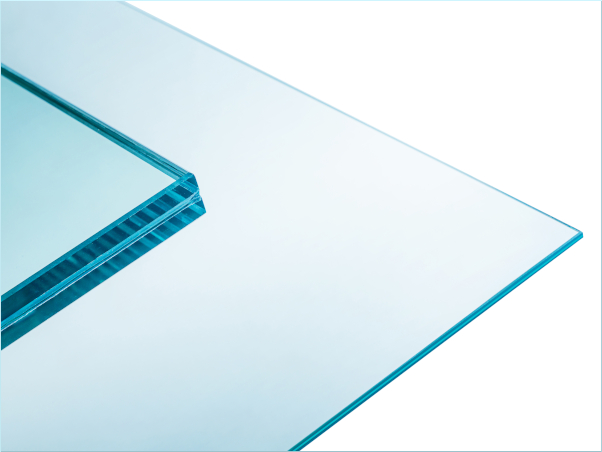
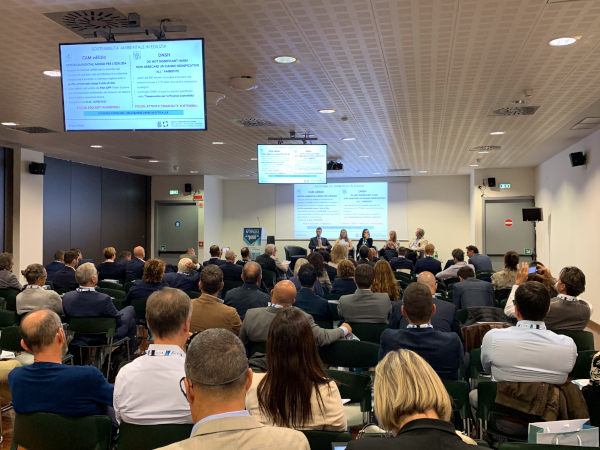
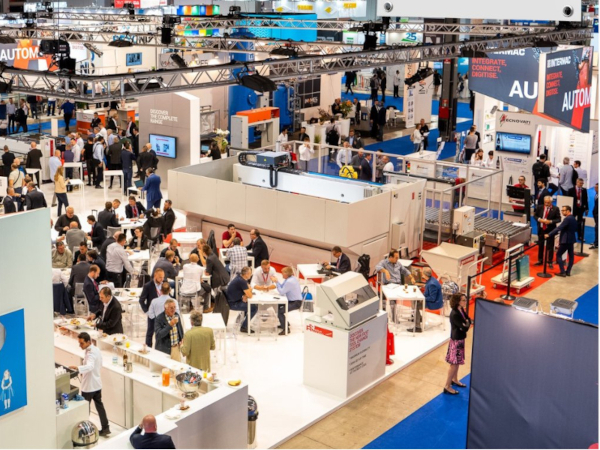
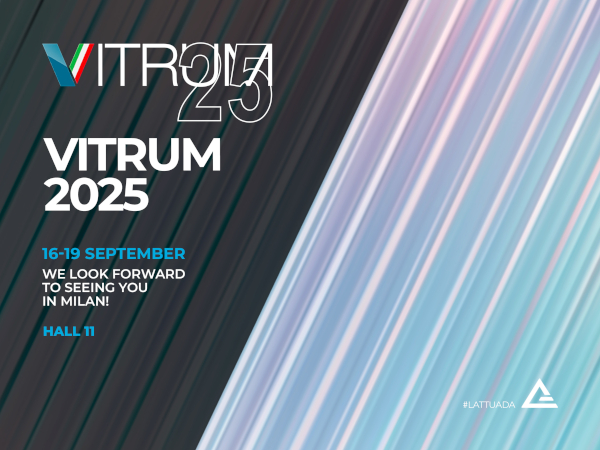

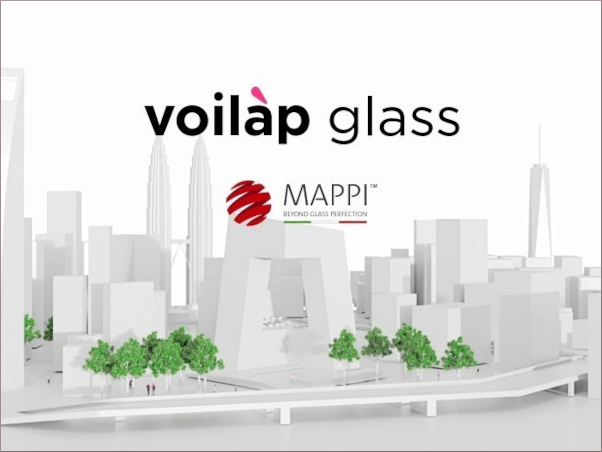






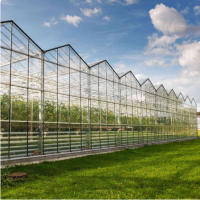
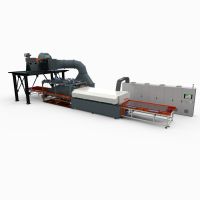
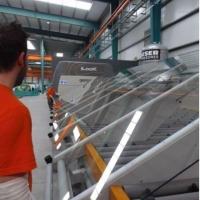
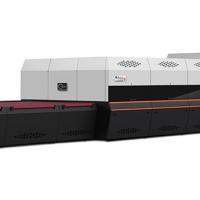

Add new comment